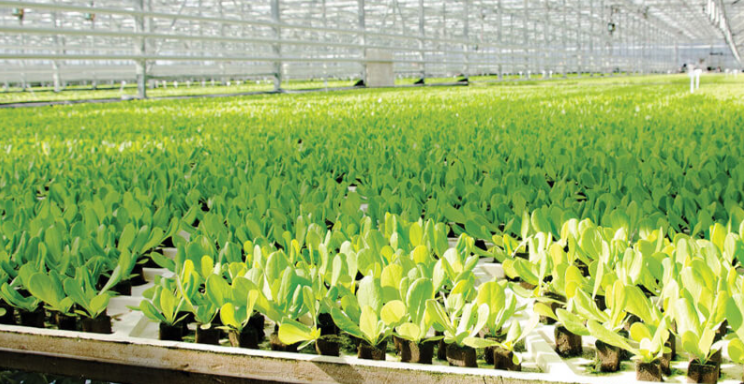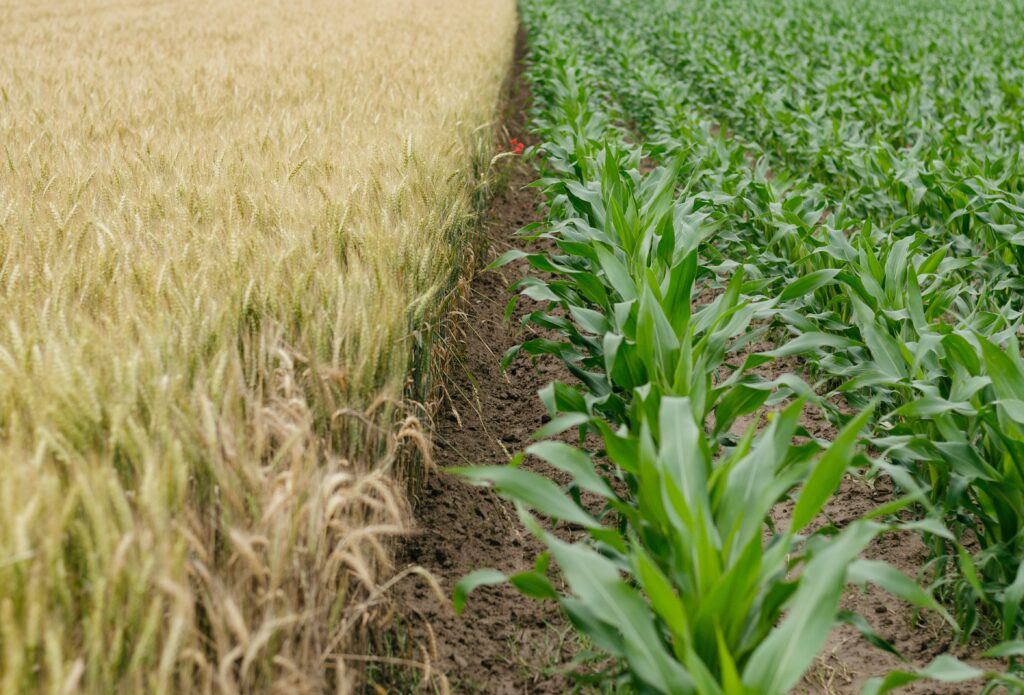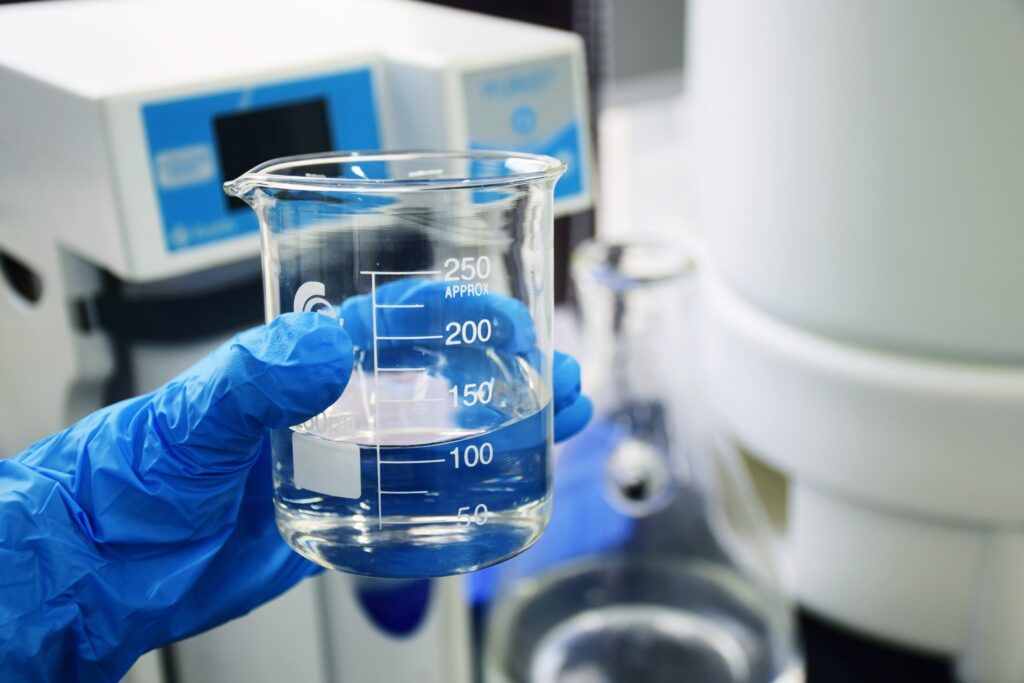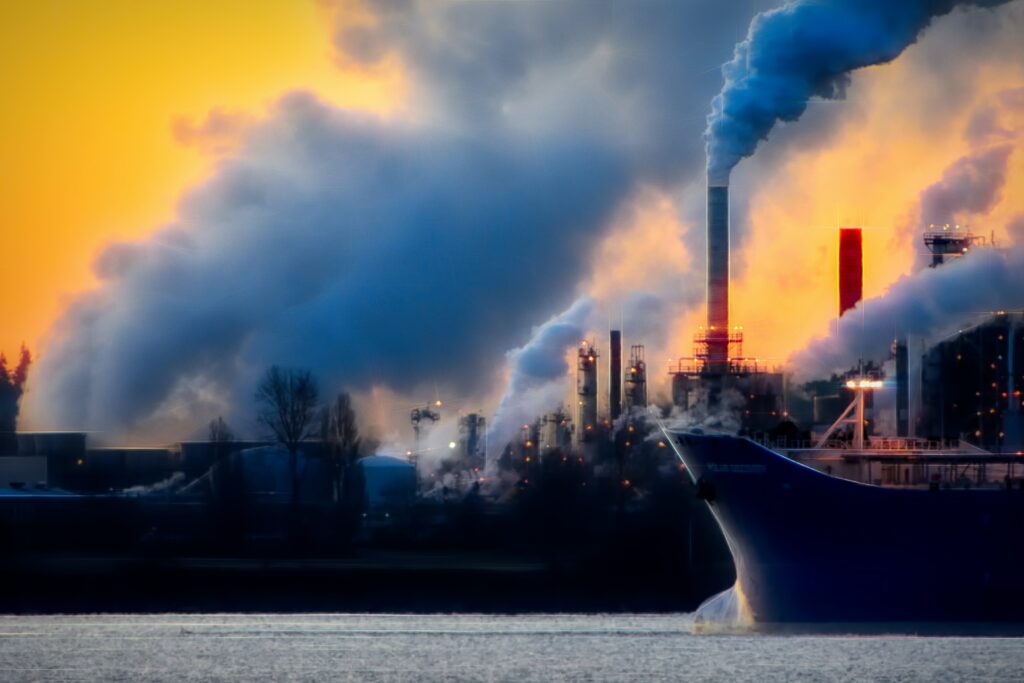Cold plasma could transform the sustainable farms of the future

Many fertilizers contain ammonia, which is produced from nitrogen (needed for plant growth) and hydrogen by a chemical reaction called the Haber-Bosch process. This process revolutionized agriculture in the early 20th century by making the mass production of fertilizers possible, yet the process produces hundreds of millions of metric tons of carbon dioxide each year.
Ideally, you want a fertilizer that is renewable, and to be truly green, it must be created on the farm, making transportation, another carbon emitter, unnecessary. Researchers are working towards future farms that are truly sustainable, where energy from renewable sources like wind or solar is harnessed to produce an efficient fertilizer on site, and they hope to realize this vision by exploiting plasma.
What exactly is plasma? It is a soup of electrons with its negative charges, positive ions and neutral atoms that also produces electromagnetic fields and ultraviolet and infrared radiation, it is produced when the gas is over-energized (by heat or an electric current, for example) and the electrons are released of the atoms.

Experiments over the past decade have tested a combination of ways to apply plasma to seeds, seedlings, crops, and fields. These include plasma generated with noble gases, as well as plasma generated from air. In some cases, the plasma is applied directly through plasma jets that flow over the seeds or plants. Another approach uses plasma-treated water that can do double duty: irrigation and fertilization. Some studies have reported a variety of benefits, from helping plants grow faster and bigger to resisting pests.

Projects are underway around the world to test plasma on a large scale and in different environments. Dutch scientists have developed portable reactors that use plasma to generate fertilizer from air. They hope this invention can meet the need for fertilizers in places where farmers often can’t get ammonia.
Hopefully, continued research will show a path for future farms to replace ammonia and reduce carbon emissions.





Responses